If you’ve ever experienced the excitement of winter camping, you’re probably already hooked.
You will receive a greater return on your investment if you use the RV or travel trailer during all four seasons, as opposed to just the warmer months. Here are some tips for preventing frozen pipes during cold weather.
Why is it important that the pipes don’t freeze?
It is in your best interest, regardless of your location, to keep the water flowing freely through these pipes. In the short term, you will be unable to use your camper’s water or water connections. Since having access to running water is one of the many advantages of RV travel, this is a major letdown.
Moreover, frozen pipes can result in expensive repairs in the future. Because water expands when it freezes, ice can cause damage to pipes and water tanks. Before venturing out in freezing temperatures, you must winterize your RV to avoid these problems.
How Long Must Temperatures Be Below Freezing Before RV Pipes Freeze?
It will only take approximately 24 hours of subfreezing temperatures (below 32 degrees Fahrenheit) for the RV’s pipes to freeze. Since the average length of a trip is considerably longer, you should definitely act in advance.
If the RV’s undercarriage is enclosed or heated, the pipes may continue to function for a while longer. Similarly, if the RV has adequate insulation, ice will take longer to form. Any measures you can take to protect the pipes will pay off in spades in the long run.
How do I prevent my RV’s black tank from freezing?
First, investigate the location of your holding tanks. If they’re above the floor, you won’t have to worry as much about frost because the heat from the furnace will keep them warm. However, if the tanks are located in the underbelly, they will freeze much faster.
In either case, there is an RV-specific non-toxic antifreeze available. It can be distinguished from the poisonous variety by its color, which is typically pink rather than bright green.
Empty the black water tank completely and close the dump valve. Two quarts of non-toxic antifreeze should be flushed down the toilet. Depending on the size of the tank, add an additional quart or so of antifreeze if necessary. You will also need to add more antifreeze as the tank slowly refills, as the waste will eventually dilute it.
If you have a gray water tank, you should also pour the same quantity of antifreeze down the sink and shower drains. Try not to allow the tanks to fill more than halfway before emptying them and repeating the procedure outlined in the preceding section.
How can I prevent the freezing of my freshwater tank?
You have several options for protecting your freshwater storage tank.
Check the location first, as you did with the black water tank. Wrap the exterior of tanks located above the floor with a heater blanket or drum to provide additional protection. Keep in mind that you will need either a DC current or a 120V outlet to power a holding tank heating pad. Heating pads with a strong adhesive can also be utilized for tanks installed in the RV’s underbelly.
The alternative is to winterize the holding tanks as if you were storing the RV for the winter. If you take this step, you can continue to use the RV during the winter months. Simply bring plenty of drinking water with you and use the restrooms at campgrounds and rest stops whenever possible. Winter RV camping will be difficult, but you won’t have to worry about your tanks freezing.
Without heat, at what temperature will pipes freeze?
Because temperatures can vary greatly from place to place, even within the same state, it can be difficult to determine when you are approaching the danger zone. It is important to remember, however, that when RV pipes are exposed to the elements without heat or insulation, they will begin to freeze at 20 degrees Fahrenheit. Anyone planning RV winter camping should take all available precautions to prevent this from happening.
Can An RV Freeze In One Night?
Even though it only takes 24 hours of continuous low temperatures for RV pipes to freeze, you likely need not worry about them freezing overnight. Because the weather typically warms up slightly during the day, below-freezing temperatures typically only last a few hours. It will take longer for the water in your tanks to completely freeze, so the occasional use of the facilities will also mitigate the risk.
What else can be done to prevent the freezing of pipes while boondocking? Check the weather reports, particularly the hourly forecasts, as a first step. These will provide you with an estimate of when freezing temperatures will begin and how long they are expected to last.
Additionally, you can keep the RV’s interior as warm as possible. Open the cabinet doors beneath the sink to circulate warm air around the plumbing. Also, keep the bathroom door open.
Because running water does not freeze, maintain a slow trickle from the faucets. You should not empty your freshwater tank more than necessary. This is a technique that many people employ in their homes.
Tips For Thawing Frozen Pipes
If your pipes freeze despite your best efforts, turn up the heat and open any cabinets or drawers to help get the water flowing again. If necessary, you can also use space heaters or blow dryers. The procedure could take up to 12 hours, so please be patient. Do not attempt to turn on the water pump, as it will not function, and you may cause additional damage to the machinery.
After the pipes have thawed, check for drips that would indicate leaks. These may be found beneath the RV, behind the paneling, and in storage areas. When you return home, have a professional inspect the camper if you did not find any problems.
About RV Heat Tape
Those of you who intend to remain at your designated campsite for an extended period of time would do well to invest in some heat tape.
Heat tape is actually a long cable that can measure ambient temperatures to determine whether or not additional insulation is required. When temperatures drop, a strong current flow between the conductors, delivering an increase in heat to the surrounding environment. In contrast, as the temperature rises, the current will weaken, conserving energy for when it is required.
Heat tape requires an electrical connection and is available at most hardware stores. When it is wrapped around the pipes in a residence, it will prevent them from freezing. The best way to use it in a recreational vehicle is to run it parallel to the water and sewer hoses.
Before purchasing a coil of heat tape, examine your RV’s water and sewage systems as cable lengths can vary significantly.
Final Reflections
Frozen pipes are inconvenient and will shorten the lifespan of your RV if they occur frequently.
You’re reading this guide, so you’re already committed to taking the necessary precautions to prevent this. We recommend the RV heat tape, but any of the tips will help you protect your pipes for future adventures.
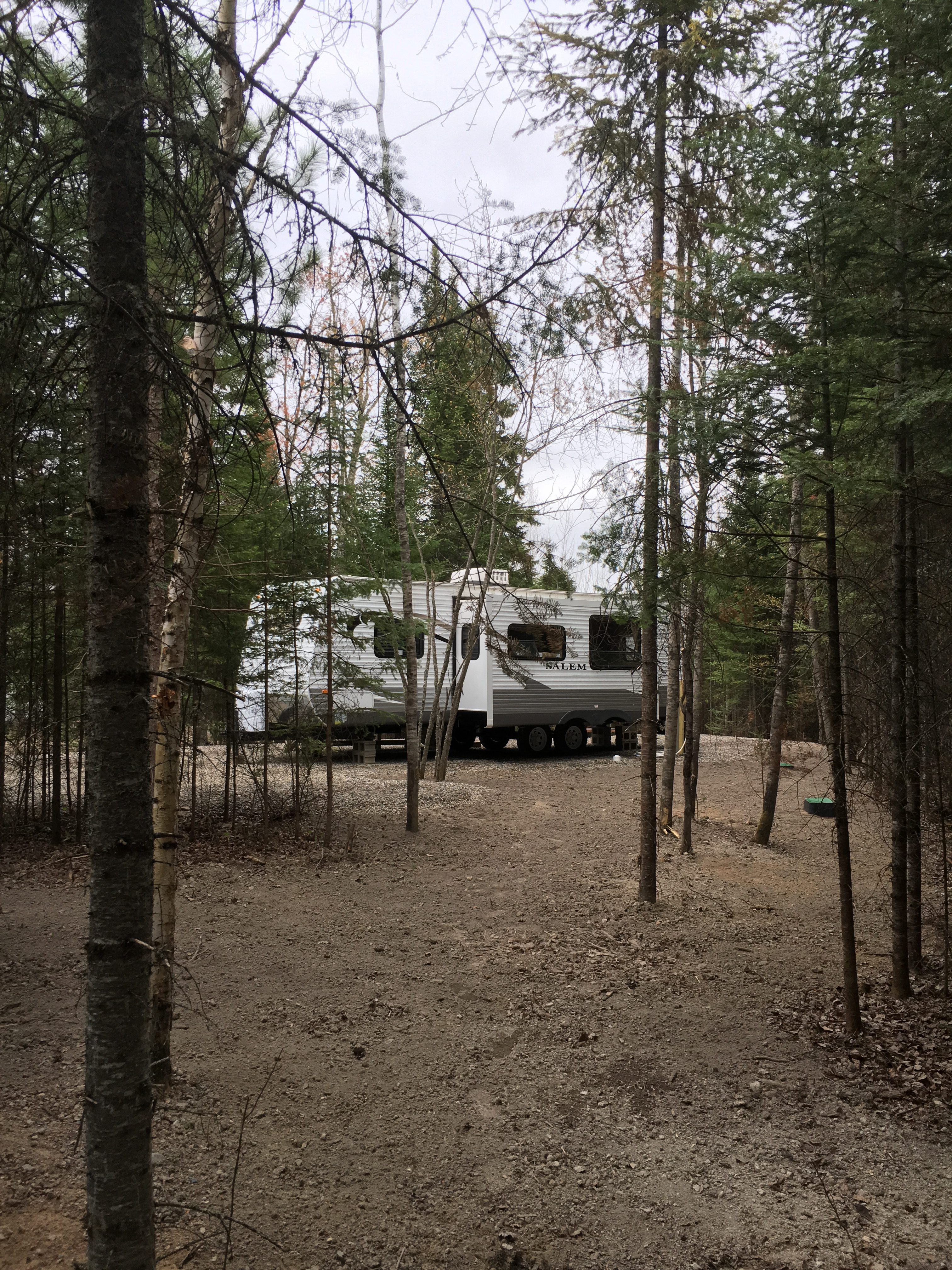
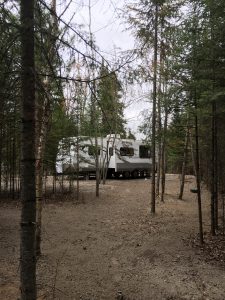 Some people use antifreeze in order to prevent their RV pipes freezing during storage over the winter. RVers can use compressed air to remove water from their lines, then pour antifreeze into each drain. After the antifreeze, or compressed air you are good to go. Wrong! Here are some extra tips to winterize your RV.
Some people use antifreeze in order to prevent their RV pipes freezing during storage over the winter. RVers can use compressed air to remove water from their lines, then pour antifreeze into each drain. After the antifreeze, or compressed air you are good to go. Wrong! Here are some extra tips to winterize your RV.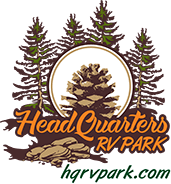
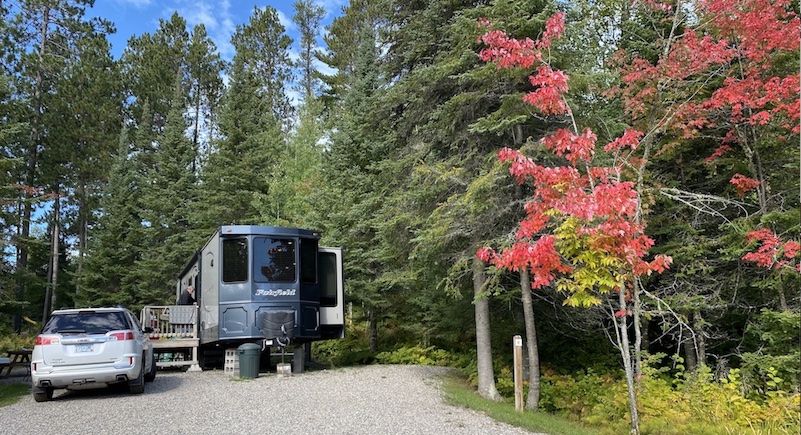
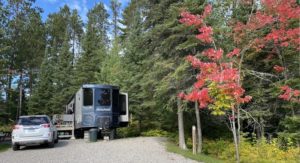 The experience of traveling in an RV can’t be matched. Traveling is a great experience at any time of the year. Autumn is the ideal time for RVing for many RVers.Autumn is a season that RVers love. The leaves turn colors, fall to the earth, and the air gets crisper. The fall is also less crowded than summer, which allows many to avoid long lines and crowds. Fall is a fantastic time to travel with your family.
The experience of traveling in an RV can’t be matched. Traveling is a great experience at any time of the year. Autumn is the ideal time for RVing for many RVers.Autumn is a season that RVers love. The leaves turn colors, fall to the earth, and the air gets crisper. The fall is also less crowded than summer, which allows many to avoid long lines and crowds. Fall is a fantastic time to travel with your family.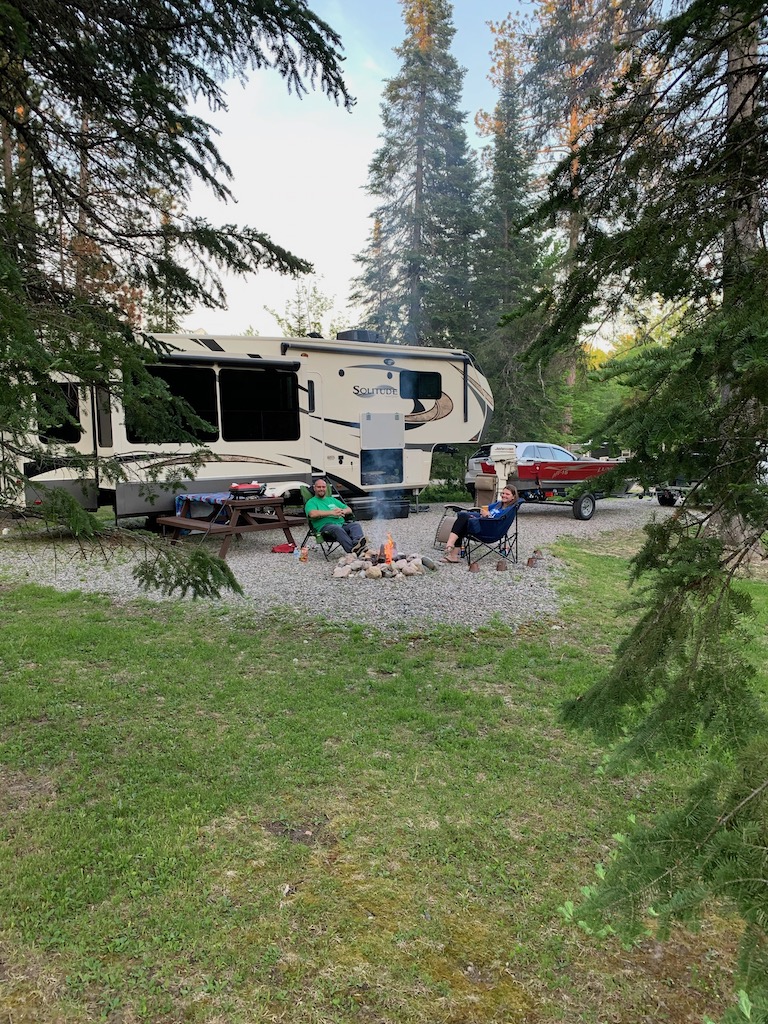
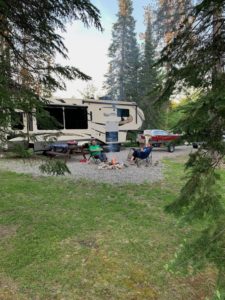 When you’re researching vacation ideas, you’re probably faced with a lot of options. Where should you go?How long, and expensive, is the flight to get there? Would it be better to drive? How does the family feel about a long road trip? And so on.
When you’re researching vacation ideas, you’re probably faced with a lot of options. Where should you go?How long, and expensive, is the flight to get there? Would it be better to drive? How does the family feel about a long road trip? And so on.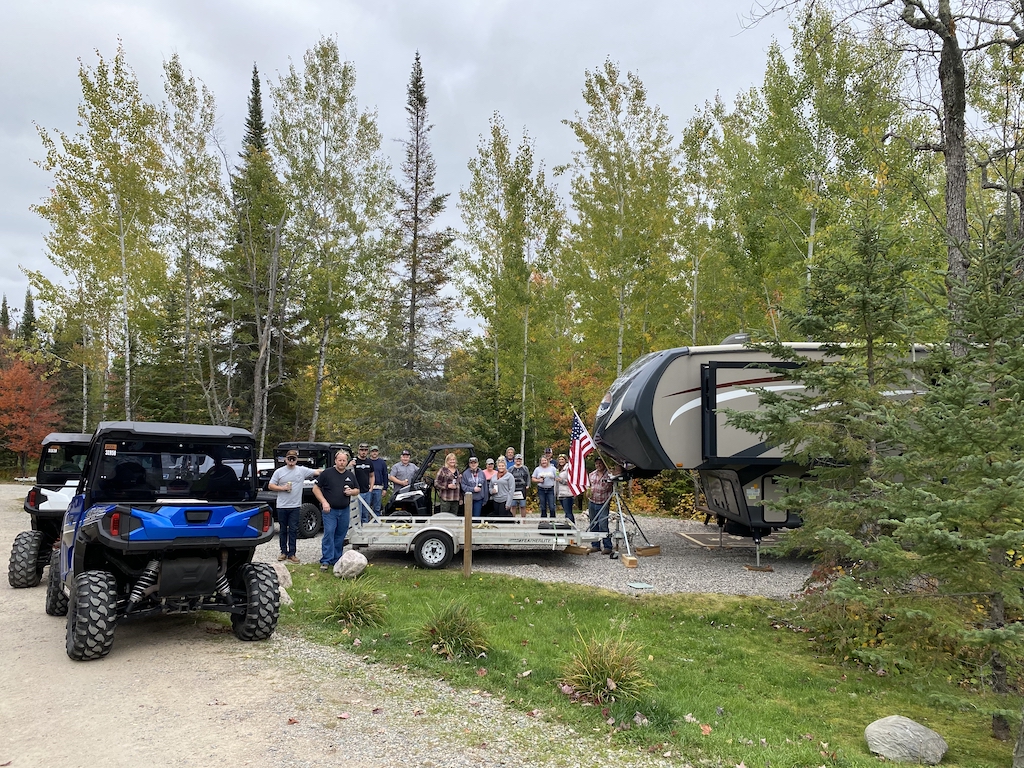
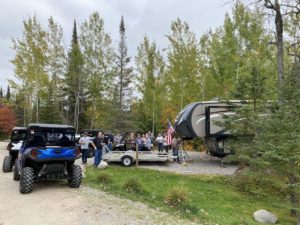 We are bombarded by excessive stimulation, such as TVs, cellphones and other screens, which can make us feel anxious and overwhelmed. Exposure to nature, whether it’s a walk in a park or a week-long RV trip, is enough to reduce stress and improve mood.
We are bombarded by excessive stimulation, such as TVs, cellphones and other screens, which can make us feel anxious and overwhelmed. Exposure to nature, whether it’s a walk in a park or a week-long RV trip, is enough to reduce stress and improve mood.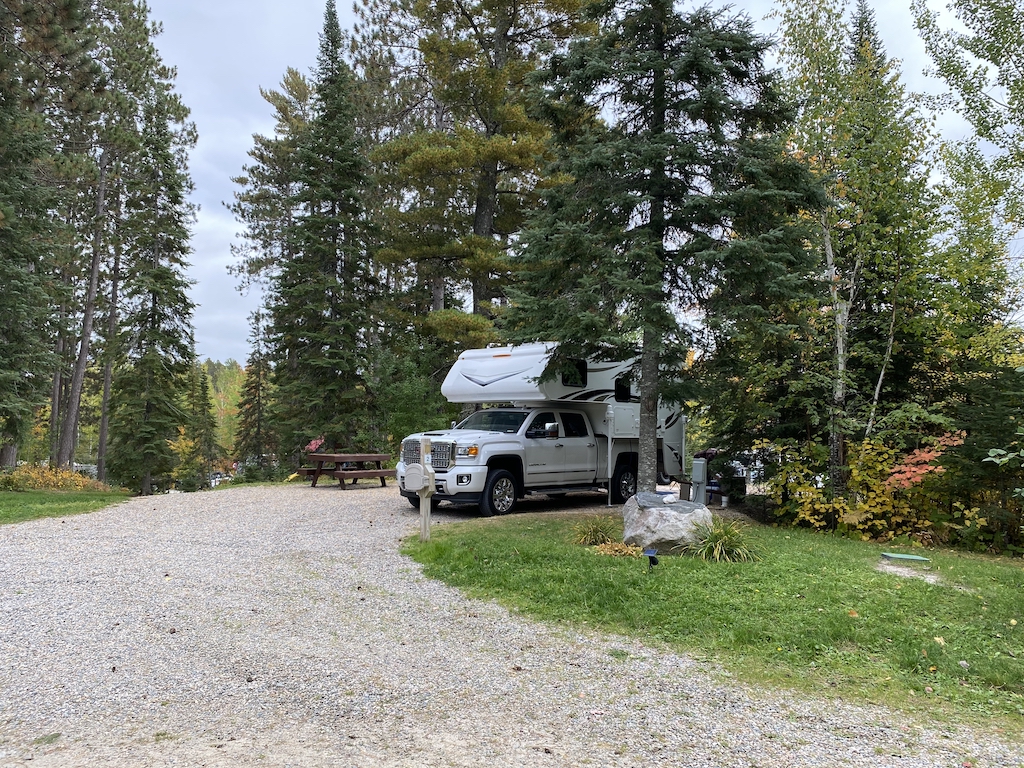
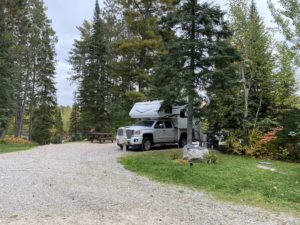 It is easy to take a trip in today’s twenty-first century. Google is a quick way to search for accommodation and flights anywhere in the United States or internationally. You could enjoy the same benefits as
It is easy to take a trip in today’s twenty-first century. Google is a quick way to search for accommodation and flights anywhere in the United States or internationally. You could enjoy the same benefits as 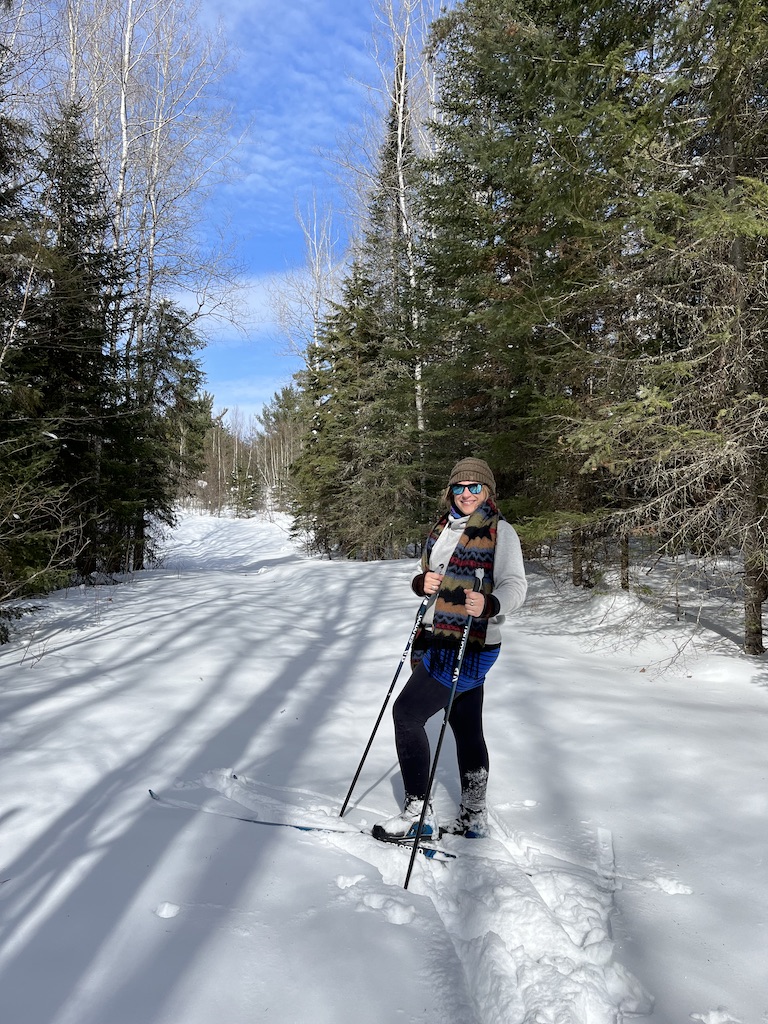
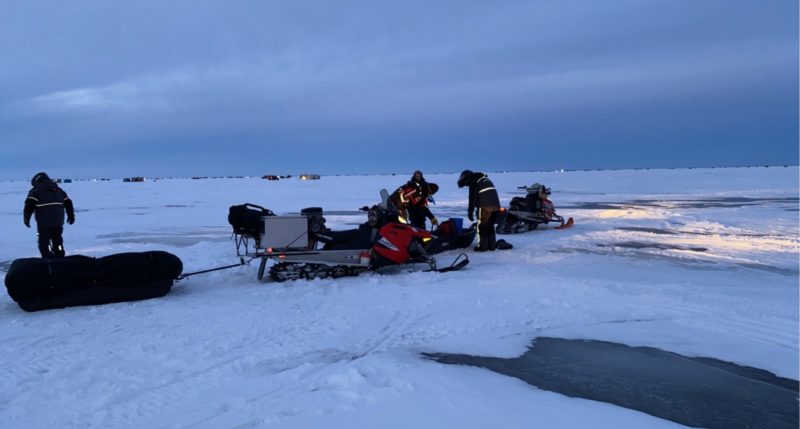
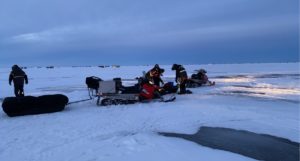 Many people store their RV in the winter, but others feel the need to get out on the roads. An RV is a great choice for a relaxing getaway. It’s also a cost-effective option for people who want to get out on the road. It’s also a great time of year to visit urban areas. Many cities have year-round
Many people store their RV in the winter, but others feel the need to get out on the roads. An RV is a great choice for a relaxing getaway. It’s also a cost-effective option for people who want to get out on the road. It’s also a great time of year to visit urban areas. Many cities have year-round
Recent Comments